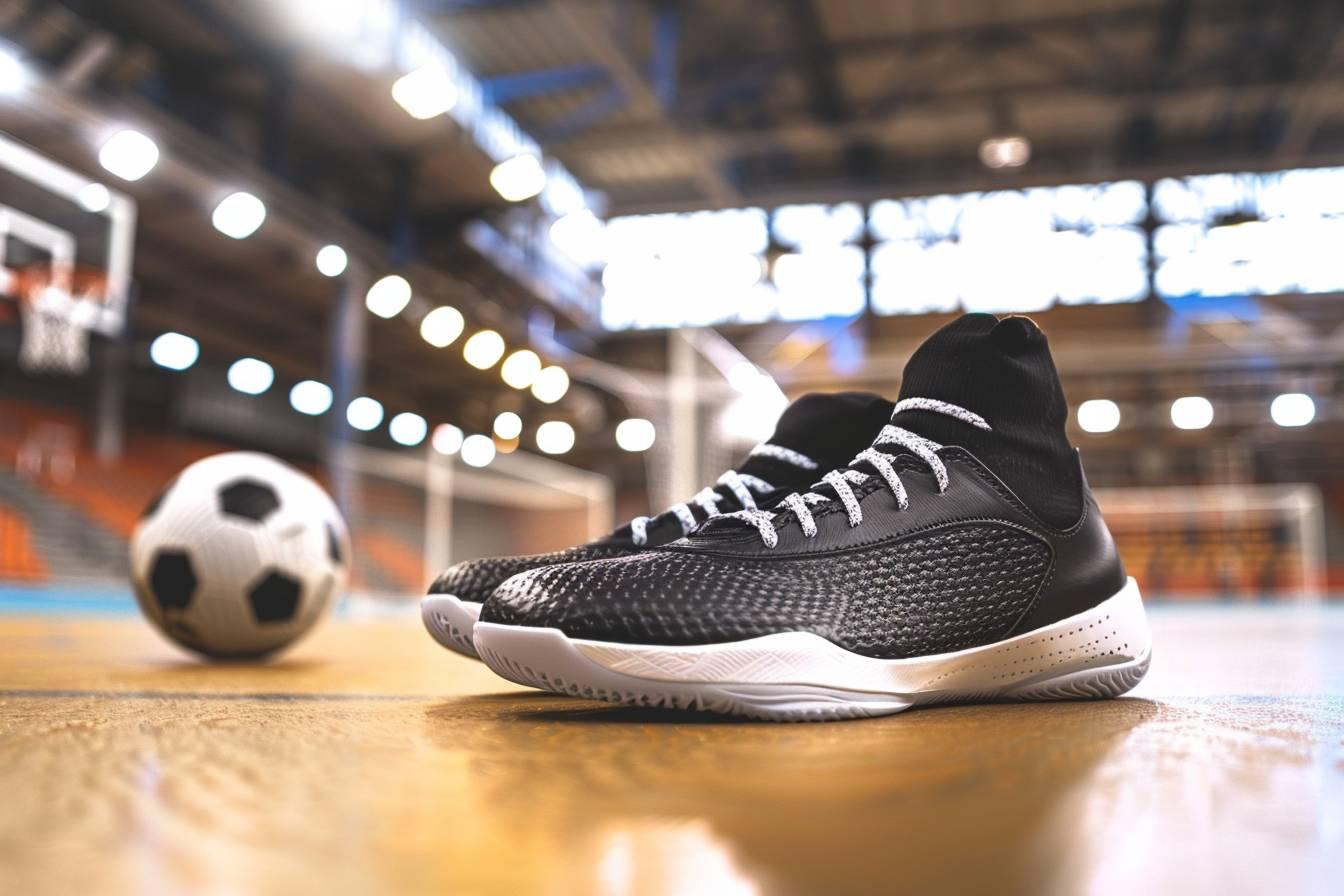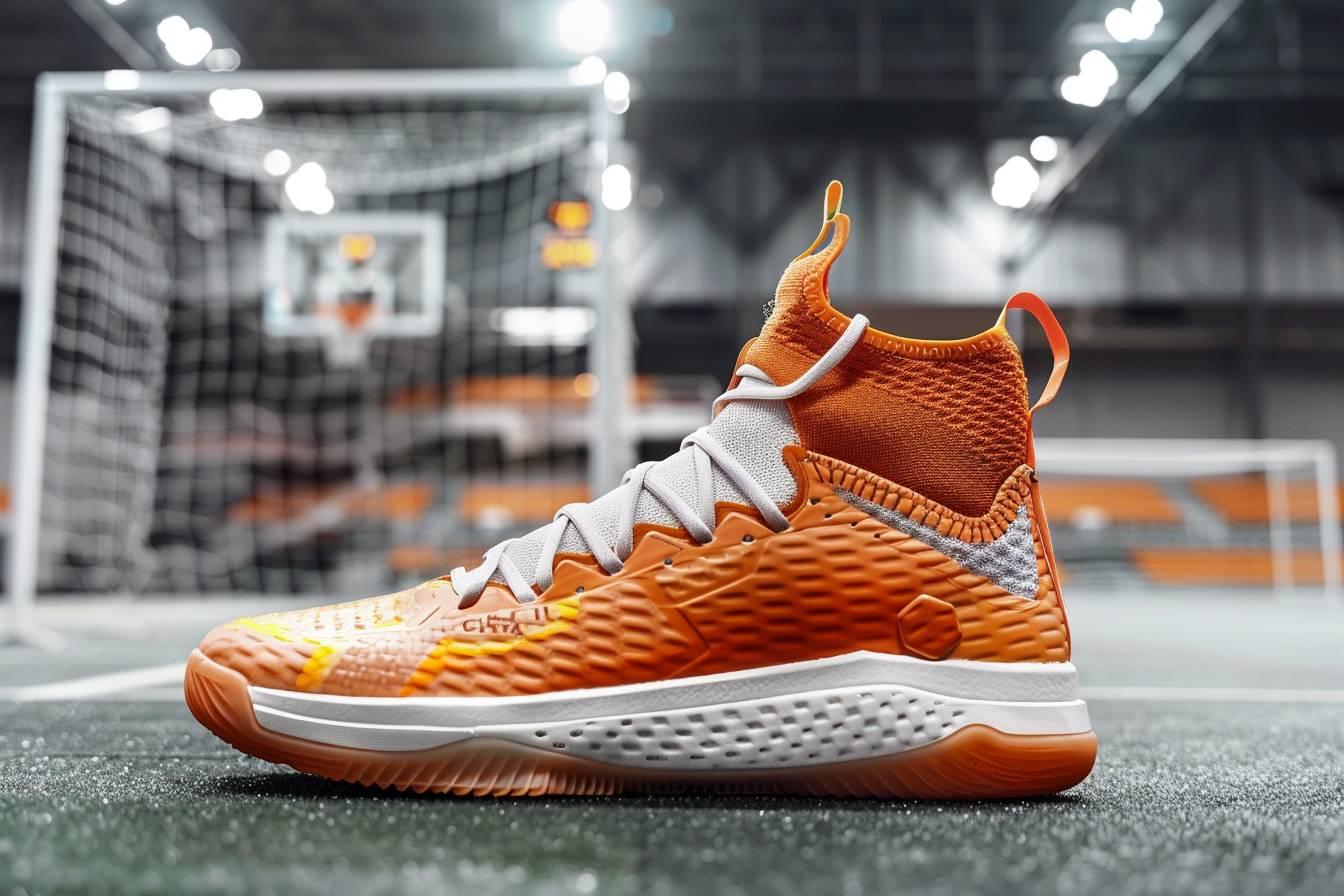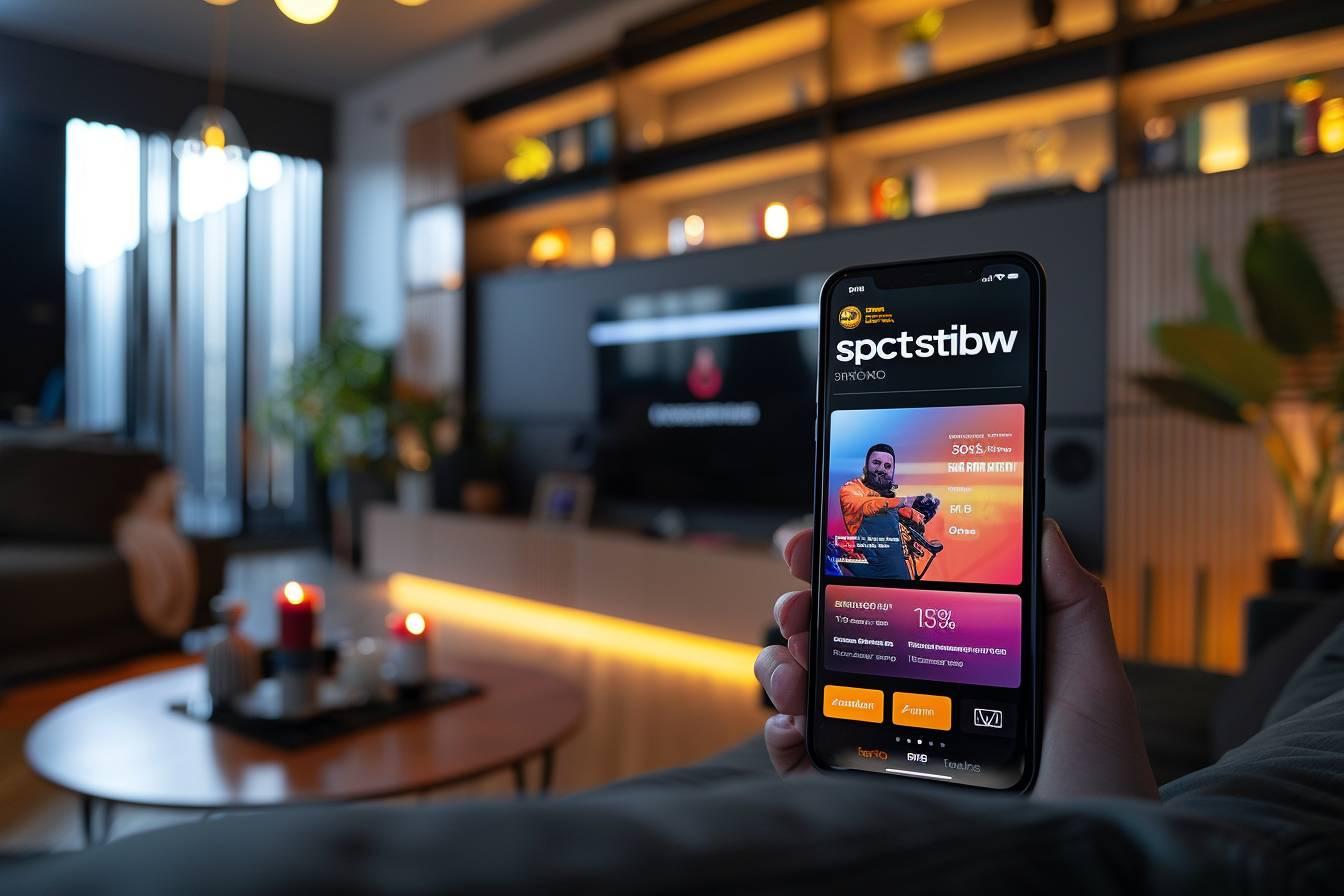🤸 To sum up :
This article explores the suitability of basketball shoes for indoor soccer, comparing them to purpose-designed indoor soccer footwear. Key takeaways include :
- Design differences : Basketball shoes are bulkier with more ankle support, while soccer shoes are low-cut for better ball control.
- Performance impact : Using basketball shoes can reduce foot mobility and compromise ball feel in soccer.
- Surface considerations : Different indoor surfaces require specific footwear for optimal performance and safety.
- Recommendation : Invest in proper indoor soccer shoes for the best experience and reduced injury risk.
When it comes to indoor soccer, choosing the right footwear is crucial for optimal performance and safety. As fitness enthusiasts and sports aficionados, we understand the importance of having the proper equipment for each specific activity. In this article, we’ll explore whether basketball shoes can be effectively used for indoor soccer and compare them to purpose-designed indoor soccer shoes. Let’s dive into the details and help you make an informed decision for your next indoor soccer match ! 🏀⚽
Indoor soccer shoes vs basketball shoes : key differences
Indoor soccer and basketball may both be played on indoor courts, but the footwear requirements for these sports differ significantly. As perfectionists in our approach to sports, we recognize the importance of understanding these distinctions :
- Design and structure : Basketball shoes are typically bulkier and high-cut, providing more ankle support for jumping and landing. In contrast, indoor soccer shoes are low-cut with minimal cushioning, allowing for better ball control and foot mobility.
- Sole composition : Indoor soccer shoes feature non-marking rubber soles designed for excellent grip on smooth surfaces. Basketball shoes, on the other hand, have more cushioning to absorb impact from frequent jumping.
- Lateral support : Indoor soccer shoes offer superior lateral support for quick, side-to-side movements essential in soccer. Basketball shoes prioritize vertical stability for jumping and landing.
These differences stem from the unique demands of each sport. In basketball, players frequently jump and change direction rapidly, while soccer players require agility and precise ball control with their feet. As coaches, we always emphasize the importance of sport-specific footwear to our athletes. 👟
Can you use basketball shoes for indoor soccer ?
While it’s technically possible to use basketball shoes for indoor soccer, it’s generally not recommended. Here’s why :
- Reduced foot mobility : The bulkier design of basketball shoes can hinder the precise foot movements required in soccer, potentially affecting your ball control and overall performance.
- Increased injury risk : Basketball shoes’ design may not provide adequate support for the lateral movements common in soccer, potentially leading to ankle or foot injuries.
- Lack of proper grip : The soles of basketball shoes may not offer the same level of traction on indoor soccer surfaces as purpose-designed indoor soccer shoes.
- Compromised ball feel : The extra cushioning in basketball shoes can reduce your ability to feel the ball, which is crucial for accurate passing and shooting in soccer.
However, it’s worth noting that occasional use of basketball shoes for indoor soccer may be acceptable, especially if you’re playing casually or don’t have access to proper indoor soccer shoes. In our experience as coaches, we’ve seen that the frequency of play, competitiveness level, and previous injuries all factor into the importance of wearing sport-specific footwear.

Indoor soccer surfaces and appropriate footwear
Indoor soccer can be played on various surfaces, each requiring specific footwear considerations. Let’s break down the most common indoor soccer surfaces and the recommended shoe types :
| Surface Type | Recommended Footwear | Key Features |
|---|---|---|
| Hardwood Courts | Flat-soled Indoor Soccer Shoes | Non-marking rubber soles, excellent traction |
| Artificial Turf | Turf Shoes or Artificial Grass Cleats | Short studs or nubs for grip, cushioning for impact |
| Indoor Turf | Indoor Soccer Shoes or Turf Shoes | Flat or slightly textured soles, balance of grip and maneuverability |
It’s essential to check the facility rules regarding allowed footwear for indoor soccer, as some venues may have specific requirements. In our coaching experience, we’ve found that versatile firm ground cleats can work on some indoor turf surfaces, but they’re not ideal for hardwood courts. 🏟️
Making the right choice for your indoor soccer footwear
When selecting shoes for indoor soccer, consider the following factors to ensure you make the best choice :
- Surface type : Match your footwear to the specific surface you’ll be playing on most frequently.
- Fit and comfort : Ensure the shoes fit snugly without being too tight, allowing for natural foot movement.
- Durability : Look for shoes made with quality materials that can withstand the demands of indoor soccer.
- Personal preferences : Consider factors like weight, breathability, and style that align with your personal preferences.
As perfectionists in our approach to sports, we understand the importance of having the right equipment. Investing in proper indoor soccer shoes can significantly improve your performance and reduce the risk of injuries. Remember, while basketball shoes may seem like a convenient option, they’re not designed for the specific demands of indoor soccer.
In conclusion, while basketball shoes can be used for indoor soccer in a pinch, it’s far from ideal. For optimal performance, safety, and enjoyment of the game, we strongly recommend investing in proper indoor soccer shoes. Your feet (and your teammates) will thank you ! ⚽🥅



